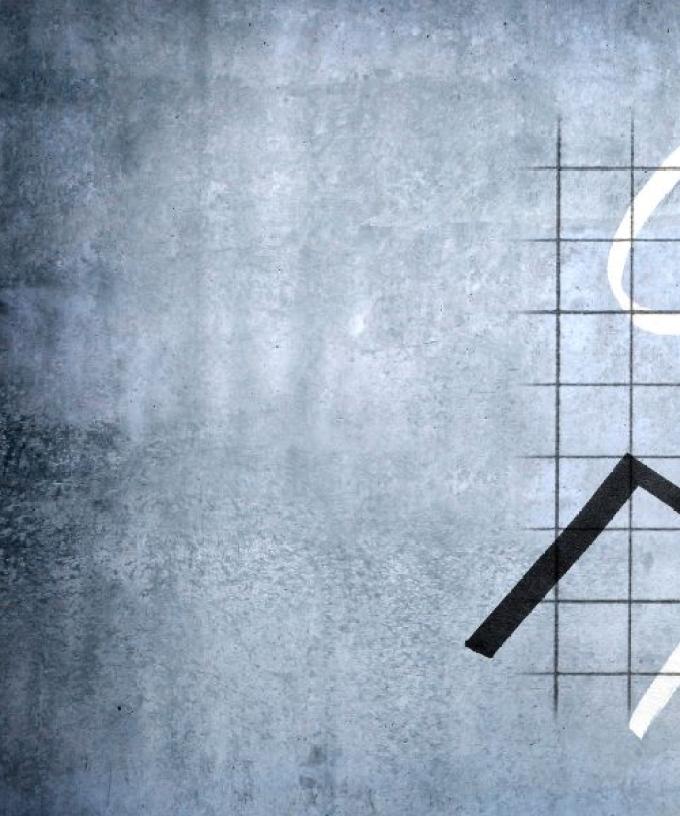Consumers are not convinced the Reserve Bank has finished hiking interest rates, despite leaving the cash rate unchanged.
The mood as captured by Westpac and the Melbourne Institute every month soured further after the July rate pause, with the weekly index assembled by ANZ and Roy Morgan also falling after last week’s decision.
The central bank opted to keep interest rates steady at 4.1 per cent when the board met last week.
Westpac chief economist Bill Evans said the decision to pause did not seem to resonate with consumers.
“Notably, most commentators described the RBA’s July decision as a temporary pause,” he said.
Mr Evans said the same thing happened when the RBA held rates steady in April, which proved to be a short-term pause rather than the end of the hiking cycle.
Overall, consumer sentiment improved from 79.2 in June to 81.3 in July on the Westpac-Melbourne Institute index, with the bulk of that improvement in the wake of a sharp pullback in inflation.
The Australian Bureau of Statistics recorded inflation declining in the monthly consumer price index for May, falling to 5.6 per cent from 6.8 per cent in April.
Confidence levels have been deeply pessimistic for more than a year, holding in the weak range of 78 to 86 since the first half of 2022.
Business confidence also remains low but picked up a little in June, according to NAB’s latest survey of the private sector.
The June business survey revealed relative resilience in business conditions despite damaged confidence and other warning signs on the horizon, such as a pullback in forward orders.
NAB chief economist Alan Oster said the expected slowdown in discretionary spending was showing up in worse retail conditions.
But this had been offset by better conditions in the construction industry.
The NAB survey also revealed a mixed bag of cost and price data that suggests inflation still has some fight left in it.
Labour cost growth jumped to 2.6 per cent in quarterly terms, up from two per cent in May, and purchase cost growth stayed unchanged at 2.3 per cent.
But growth in final product prices fell, down to 1.1 per cent from 1.3 per cent.
“Purchase cost pressures also remain and retail price growth picked up in the month, signalling that underlying inflation will likely remain elevated when the June quarter consumer price index is released later in the month,” Mr Oster said.
AAP 2023







